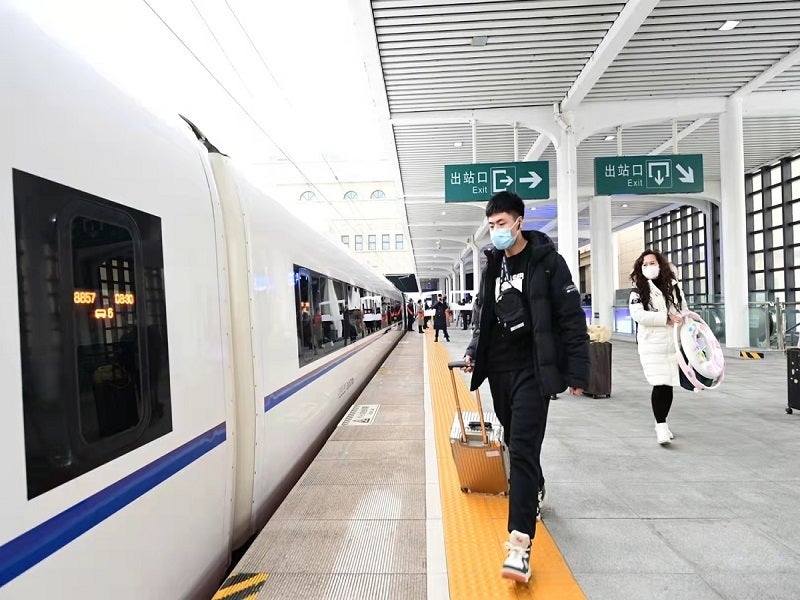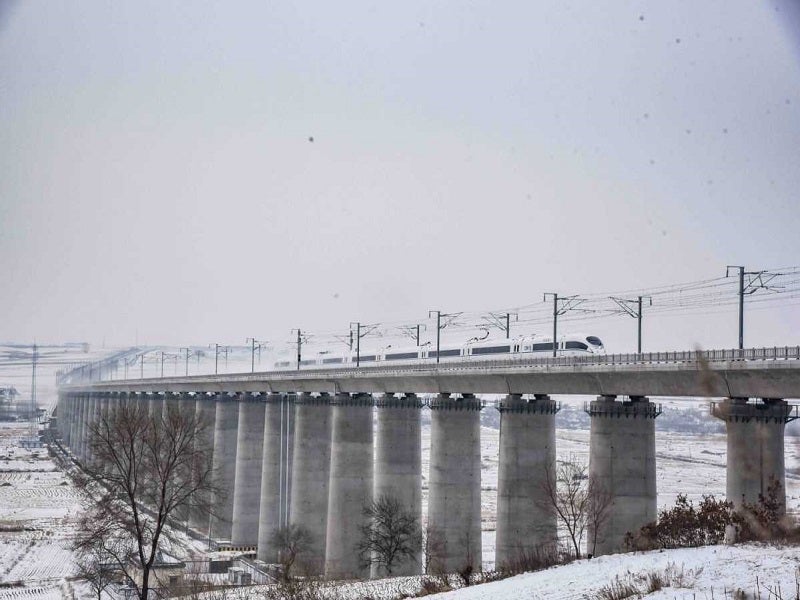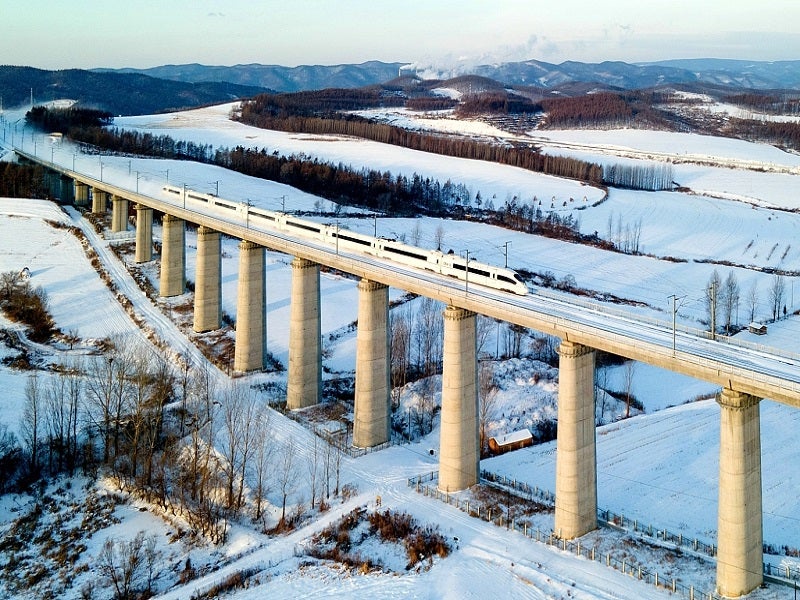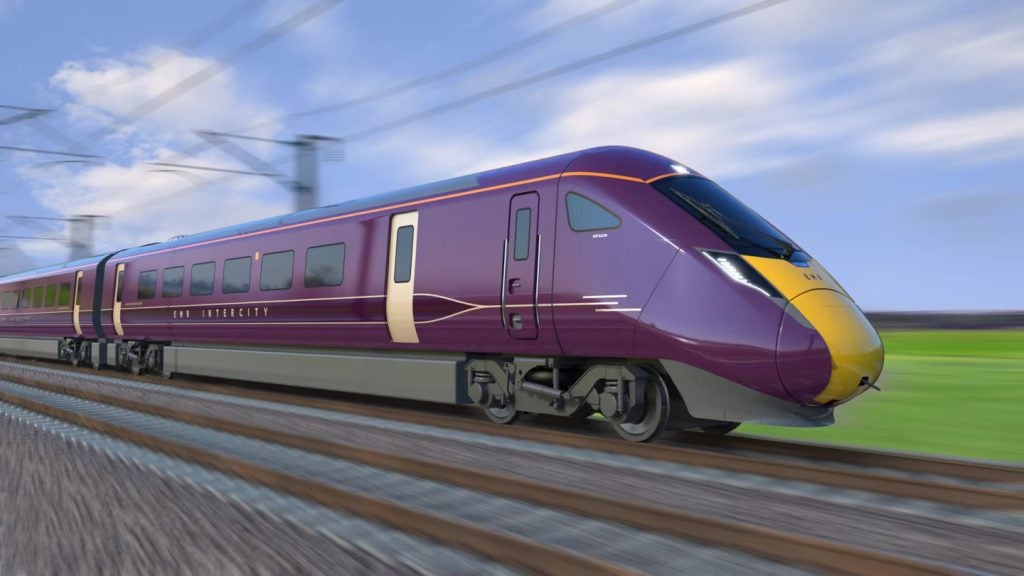The Mudanjiang-Jiamusi high-speed railway (HSR) is a 371.6km-long new railway line connecting the cities of Mudanjiang and Jiamusi in Heilongjiang province in northeast China.
Opened in December 2021, the railway is claimed to be the most frost-resistant HSR in the country. It is also the fourth HSR in the Heilongjiang province, after Harbin-Qiqihar, Harbin-Mudanjiang, and Harbin-Jiamusi high-speed railways.
The Mudanjiang-Jiamusi high-speed railway line is part of the HSR line that connects Jiamusi and Shenyang, the capital of Liaoning province. It is one of the major railway projects in China’s Mid-and-Long-Term Railway Network Plan and the 13th Five-Year Plan.
The testing of the new high-speed trains on the line was conducted in August 2021. It involved compatibility tests to evaluate the safe operation of different types of bullet trains on the new HSR line.
Mudanjiang-Jiamusi high-speed railway line details
The Mudanjiang-Jiamusi HSR is the easternmost high-speed railway. It has a design speed of 250km/h and runs through 173 new bridges and 34 tunnels. The line also expands the existing railway line between Shenyang and Mudanjiang to connect it to other cities including Jixi, Shuangyashan, Qitaihe, and Jiamusi.
The new railway line features seven stations including two existing stations in Mudanjiang and Jiamusi, and five new stations, namely Linkou South, Jixi West, Qitaihe West, Huanan East, and Shuangyashan West.
The HSR is supported by a new depot in Mudanjiang for regular inspection and washing of bullet trains. The Mudanjiang station has two advanced de-icing systems to remove accumulated snow and ice on the trains. An upgraded washer was also installed to keep the train surfaces clean.
Rolling stock
The Mudanjiang-Jiamusi high-speed railway is served by 18 pairs of Fuxing bullet trains. The CR400BF-G Fuxing model can operate at speeds up 350km/h in temperatures ranging between -30℃ and -40℃.
The CR400BF-G Fuxing bullet trains are built to withstand harsh environments, including blizzards.
The equipment compartment of the train is designed with more airtight material to eliminate the entry of snow and cold air. The train is also installed with additional sanding gear to help enhance traction and ensure the stability of wheels by reducing the risk of slipping in snowy conditions.
Fuxing bullet train features and amenities
The CR400BF-G Fuxing trains are installed with CTCS-300H and CTCS-300S vehicle-mounted train control systems.
Water tanks are installed under the sliding train doors to prevent them from freezing due to the significant difference in temperature between the inside and outside of the compartments. Furthermore, a heating system is installed under toilets to prevent water from freezing.
The onboard support team includes five mechanics in each trip to ensure safe operation of the train. The team is responsible for performing safety checks before the bullet train starts and routine inspections during the journey.
The railway line provides 4G and 5G services to meet the communication requirements of the passengers. The telecom network is built with materials that can withstand extreme cold.
Construction details
The construction of the Mudanjiang-Jiamusi high-speed railway pilot project officially began in November 2016. The railway subgrade, bridge erection, and drilling works of the Junshan tunnel were completed by September 2020.
The entire line’s track laying was completed in November 2020.
Benefits of Mudanjiang-Jiamusi high-speed railway
The new HSR line reduces the travel time between Mudanjiang and Jiamusi from seven hours to two hours and ten minutes.
The rail network is expected to improve the passenger travel experience and contribute to the revitalisation of northeast China.










